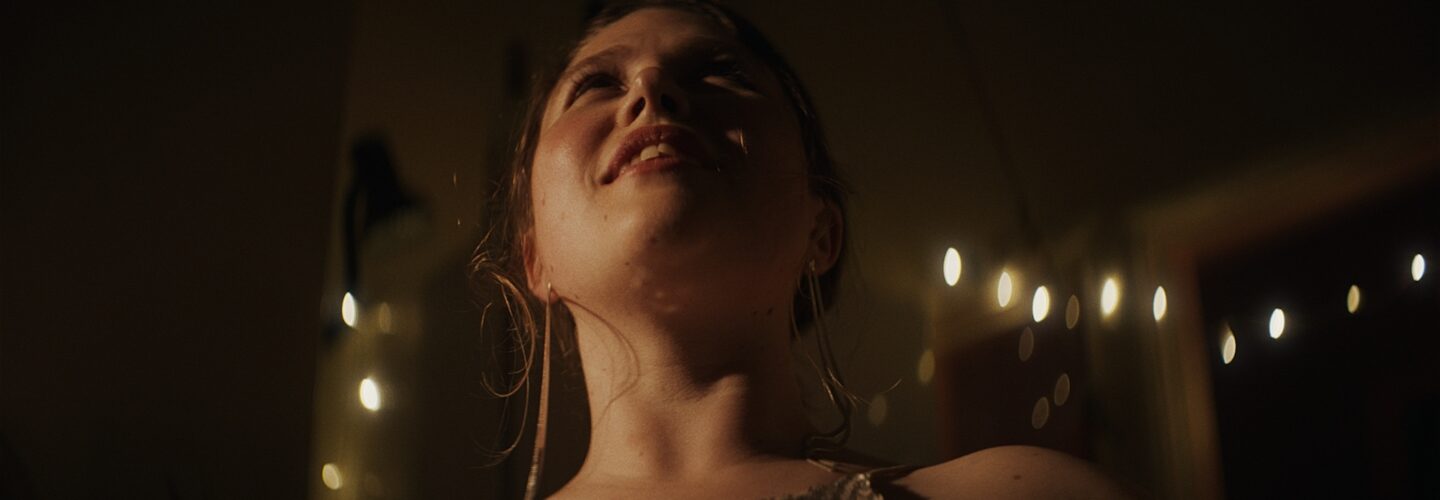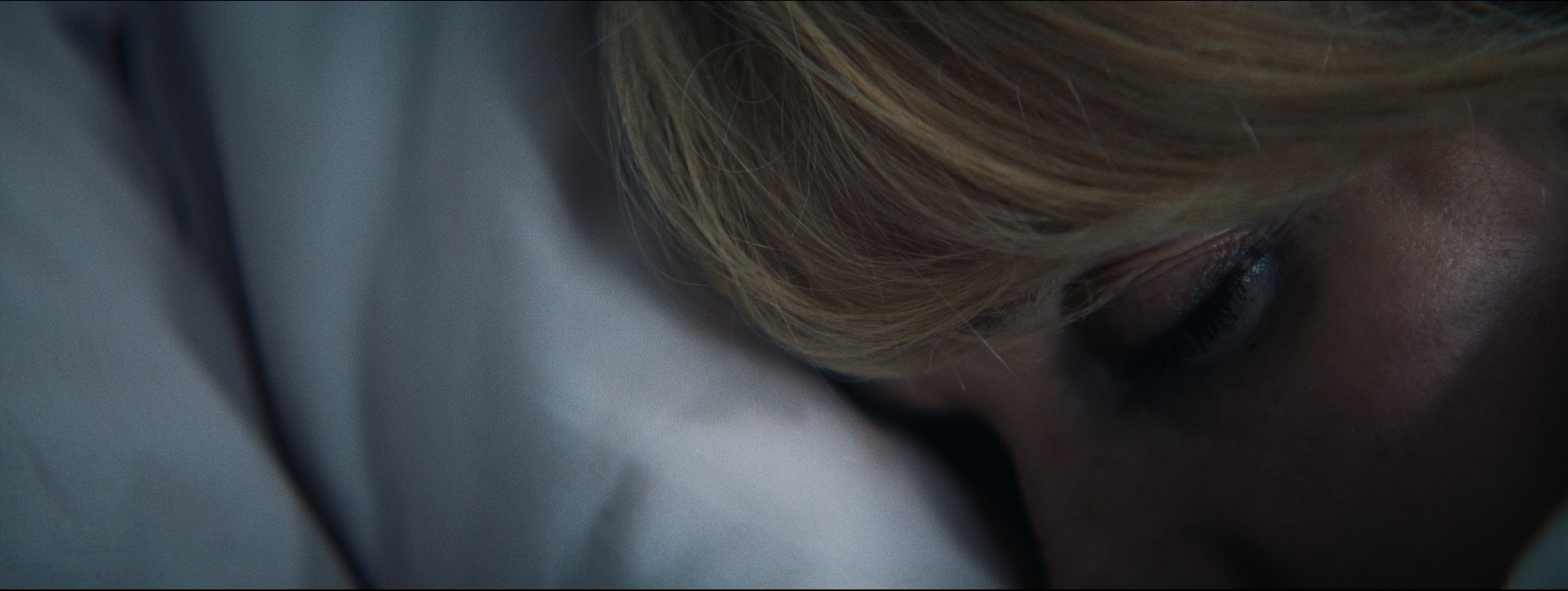
Director Lily Rose Thomas presents Girls Who Drink, her new short that aims to change perception of the relationship in society between women and alcoholism. Thomas’ story is told from three perspectives, each spotlighting a woman and her relationship with the tipple. It’s a short which cleverly doesn’t over dramatise or sentimentalise its characters or their addictions but, instead, strives for an honest portrayal of a difficult subject matter. One that is heavily normalised in British society. DN spoke with Thomas about her hopes for Girls Who Drink and how bringing her own experiences to the page helped her actors.
Where did the idea to make a film centred around women and alcohol come from?
I wanted to create a non-judgemental, sympathetic look at female alcoholism, something that I could relate to when so often we are only presented with extremes of addiction that are easy to distance yourself from. Girls Who Drink is heavily influenced by my own experiences with drinking culture, so it was important that it should feel sensitive and sympathetic; demonstrating that when people drink to excess it’s not necessarily a question of being careless and not knowing their limits, but instead the way that the need to escape yourself removes that choice of knowing when to stop. As well as this, female alcoholics are rarely afforded the romantic, whisky and ink narrative that men are – they are often portrayed as fallen, tragic; so I wanted to tell a story that I hadn’t seen told.
Could you talk about the decisions to tell the story from three perspectives?
Creating Girls Who Drink was very much about isolating the emotional motivations and consequences of drinking, rather than the physical. In creating the three perspectives I thought about specific feelings that people might drink on, that would feel universally relatable, in the way that sometimes depictions of extreme alcoholism, although important, are not.
Female alcoholics are rarely afforded the romantic, whisky and ink narrative that men are.
For Kate, who comes to life at the party, it was drinking to become someone else and then hating the person you become. For Sarah, alone at a party, it was drinking simply to escape herself but finding that this escape is only temporary. For Lauren, in the bedroom, it was drinking to not feel alone, until she is so drunk that it actually feels like there is someone else there, and then the crushing reality in the morning that they are not. It was never about people simply having a few too many and getting into a bit of a mess, but people for whom drinking was a vicious cycle, a very painful escape that takes them to the same feeling they were trying to leave.
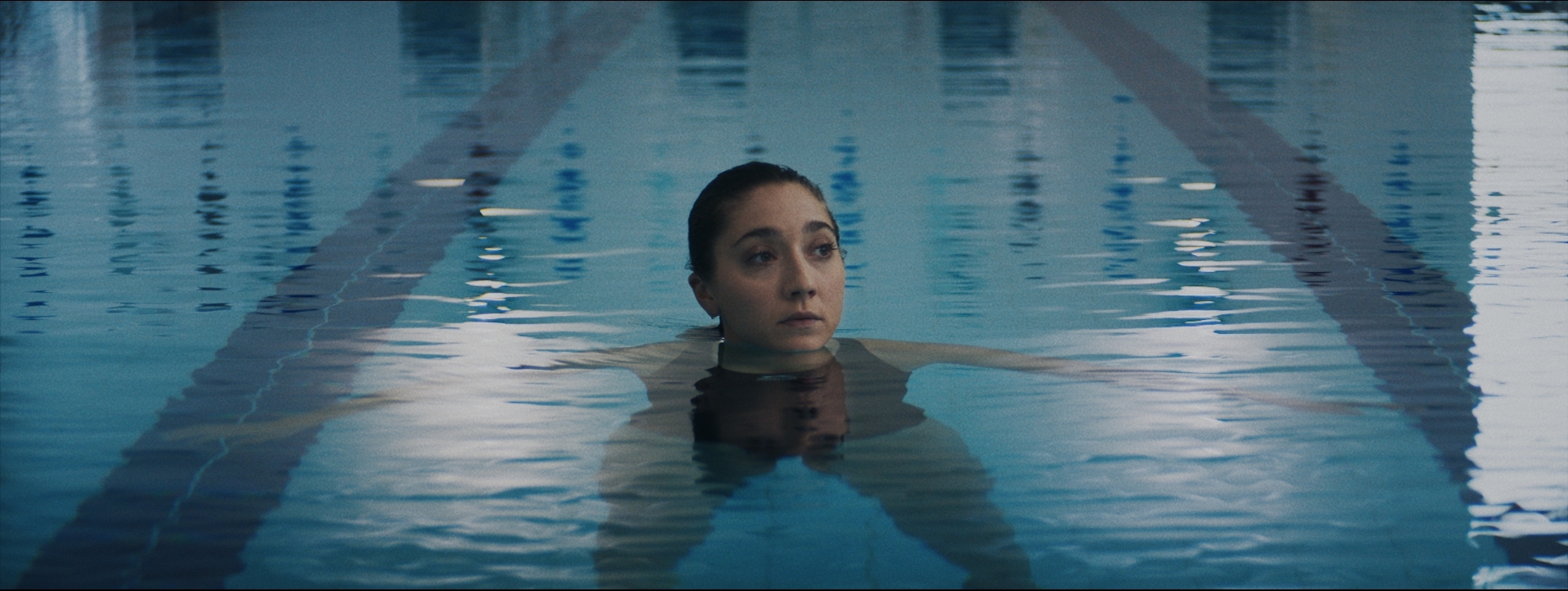
What public notions around alcohol are you hoping to change, or at least, challenge?
Girls Who Drink definitely sets out to make clear that you don’t have to have lost everything to have hit rock bottom. There are a lot of stereotypes around the idea of what an alcoholic can look like, but I really wanted to challenge those and show the grey area of alcoholism and how it can also exist in a subtle and insidious way. All three women in Girls Who Drink appear to be functioning; they have friends, jobs, they live in nice houses, go to nice cafes, but they are also at breaking point with their drinking.
However in a culture where heavy drinking is so worryingly normalised, where it is totally accepted to go out and get obliterated and struggle through until the hair of the dog the next day, in fact far more socially acceptable than swearing off drinking altogether, it can be quite difficult to identify that you have a problem; because there is always someone who has done something worse than you. In Girls Who Drink, we take a closer look at drinking and just by lingering a little longer on the feelings, show that it is not normal at all.
How were Lauren Lyle, Kate Handford and Sarah Vevers to work with and how did you develop their characters with them?
Working with the actors was a very collaborative process, and they were each fantastic to work with. It was important that the actors that we cast understood the nuances of the role; of the pain underpinning their seeking oblivion, rather than the shock factor of any physical consequences, which they all did beautifully.
I was quite open with them about the inspiration behind the film and my own personal experiences, sharing a piece of writing describing the vicious cycle of drinking to help them understand why they might keep doing the same thing and expecting different consequences. We also collaborated on the dialogue and improvised, particularly in Lauren’s scene in the bedroom. For Kate’s scene at the party, I compiled a list of the most embarrassing things friends of mine had either said or heard people say drunkenly and I gave each of these to Kate as a starting point and allowed her to elaborate on them. Doing that scene was a lot of fun because in her own words they felt so real, and I think helped to emphasise the agonising regret she feels the next day.
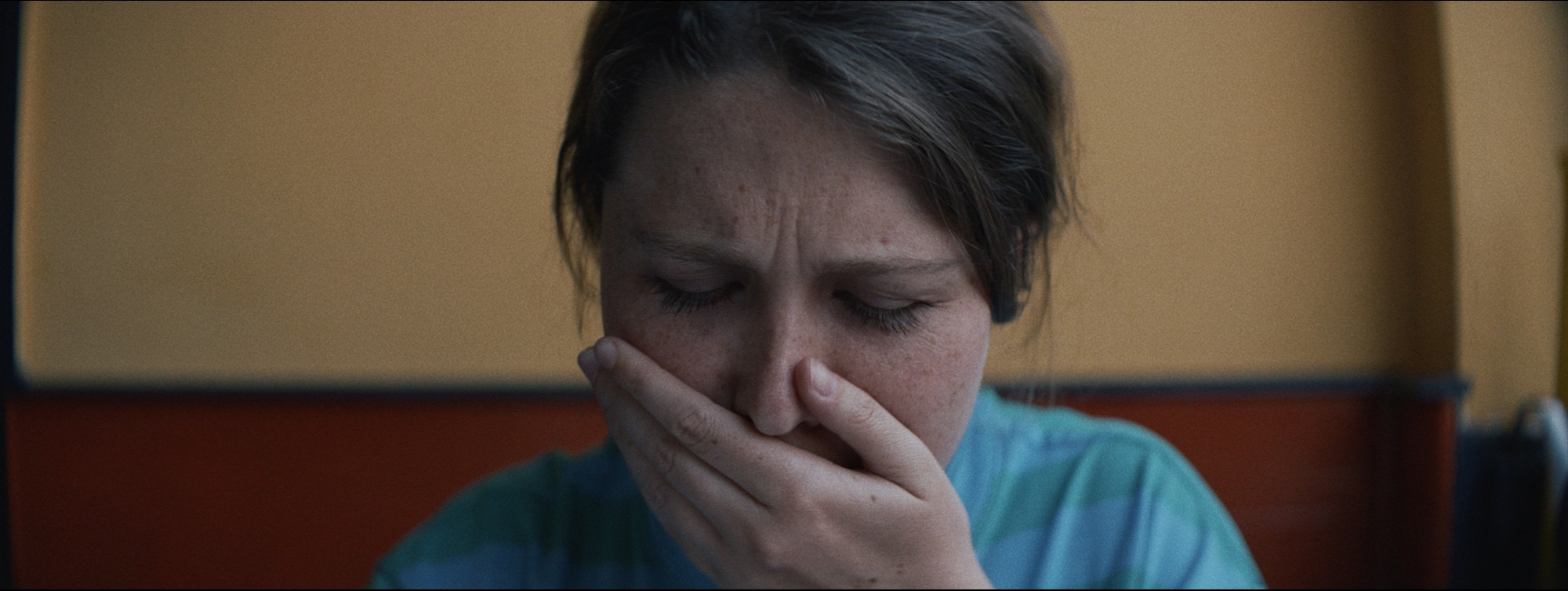
How smooth was the production process across each story, were they all as easy as each other?
Sarah’s was definitely the hardest production-wise. My old school kindly lent us their pool to shoot the swimming pool scenes. Naturally, this took longer than expected, and as we were finishing off there was a children’s swimming class waiting at the door as their teacher tapped his watch at me to remind me that we were running over, while we were all trying not to lose our heads in the extremely humid environment.
We take a closer look at drinking and just by lingering a little longer on the feelings, show that it is not normal at all.
We also found the newsagent location literally on the morning of shooting after the original location had fallen through. Aside from this, everything ran extremely smoothly thanks to the amazing production of Sarah Gardner, who has just been nominated for Best Producer at Underwire Festival. Actually, she makes a guest appearance in the party scene, as the only other hurdle was that none of the extras for this showed up. Luckily, we had a very enthusiastic crew who didn’t mind stepping in.
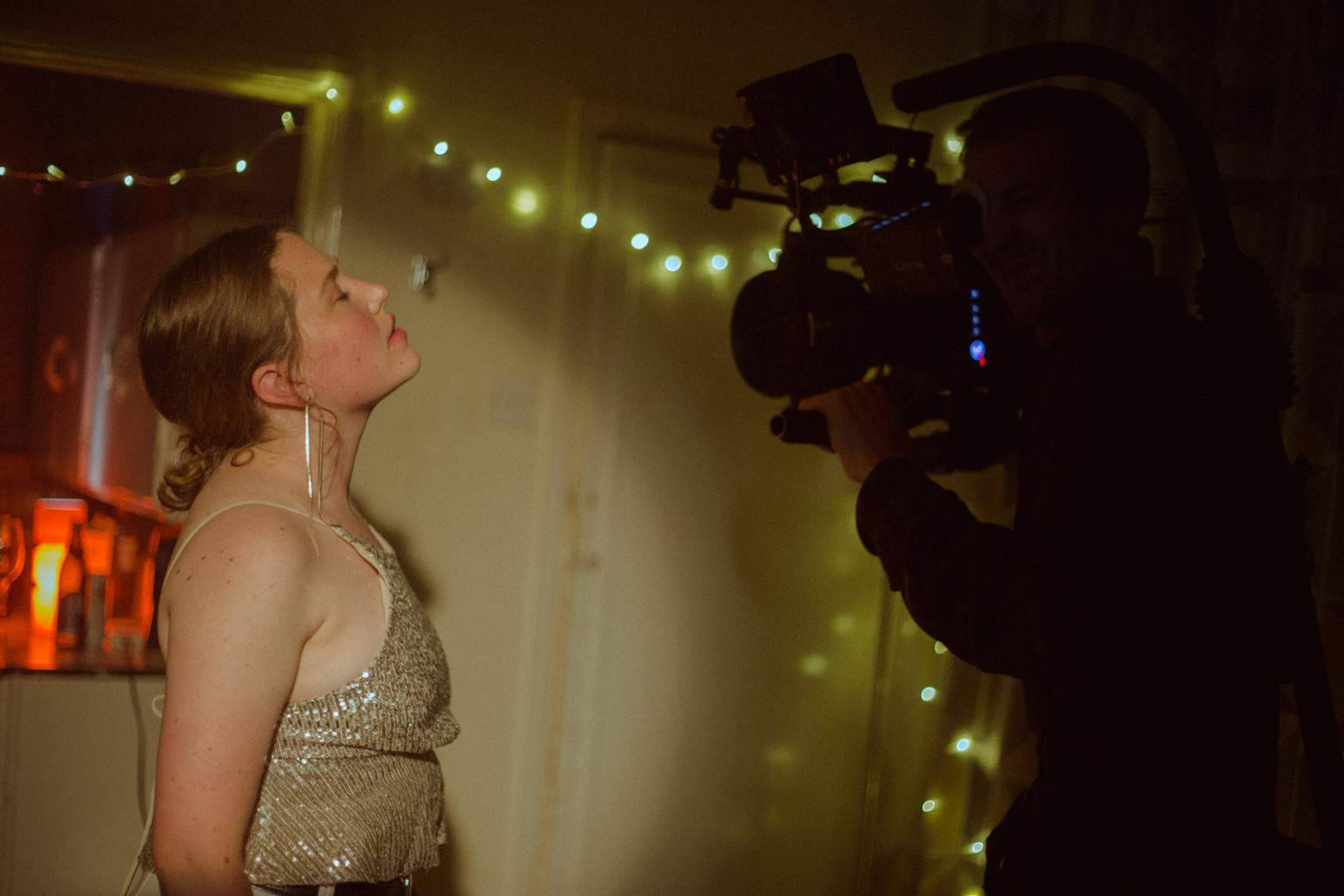



How did you maintain a similar aesthetic and tone across the three separate stories?
We used a similar shooting style across all three stories that kept them within the same aesthetic, combining close up portrait shots that felt like you were in their heads, with more austere wide shots that made them lonely within the frame. The subtlety of the performances are also similar throughout which helped to keep everything tonally in the same world, each actor completely understood that we were exploring the psychological impact of drinking, that you can’t always see. The music was also incredibly important and I think having the haunting sound of Molly Drake’s Happiness returning throughout tied each story together, the song depicts trying to grasp something that is just out of your reach, and in a way that is what they are all trying to do.
What’s next for you?
I have recently joined the roster at Agile Films which I am very excited about. I am working on developing Girls Who Drink into a feature length idea, as well as on music videos and branded projects.

